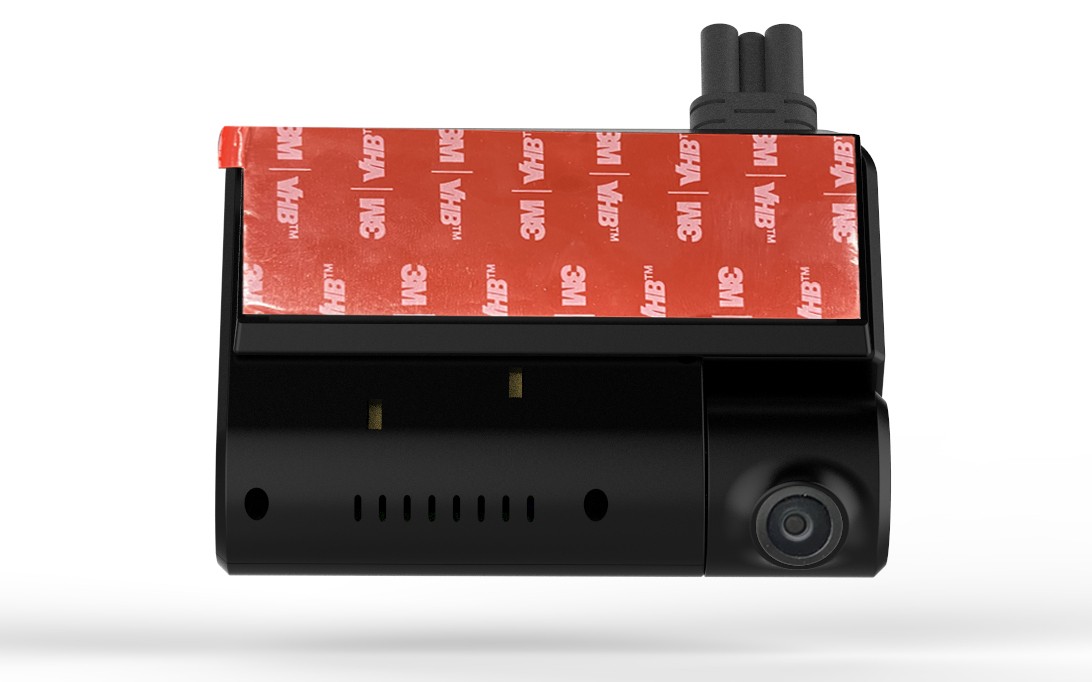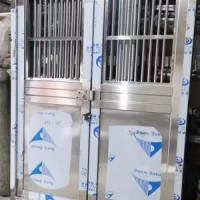In the logistics and transportation industry, IoT vehicle location tracking devices and systems play an important role!
By installing different types of sensors on the vehicle, the location and speed of the vehicle can be determined; the condition of the goods can be monitored; the delivery process can be tracked, etc. With the help of IoT technology, redundant on-site work and traditional work can be greatly reduced, and fleet management can be better performed .
In addition, managers can also analyze all the data in the device to track the condition of the vehicle and the driving habits of the driver, and improve the status quo in various ways to increase efficiency and reduce risks and costs.
Therefore, many logistics companies are currently using or preparing to use IoT-driven vehicle location tracking equipment and systems to obtain higher returns and enable themselves to analyze real-time fleet data.
At present, vehicle location tracking can be roughly divided into three technologies:
1. GPS helps managers obtain real-time information on vehicle routes
2. RFID helps to track the real-time location of products
3. Various sensors and data management provide information about vehicle maintenance and driving conditions
1. Real-time location tracking and positioning
High-precision positioning can monitor the location information of the vehicle, check the driving track, and obtain the specific route. Then, when the driver makes some small actions, he can find out in time, such as stealing fuel or going to the maintenance point at a high speed for no reason. Moreover, based on information such as route, speed and time, the fuel consumption and cost of the driver’s trip can also be judged.
Even if he doesn’t want to make small moves, high-precision positioning GPS can also provide valuable location data for further analysis and decision-making, allowing managers to check the driver’s driving habits and the route he takes to judge whether there is a more reasonable The route, whether it needs to be adjusted, etc., if there is a deviation from the route, it can also communicate with the driver in time.
In addition, location tracking is also conducive to protecting the goods during the journey, so that you don’t know when and where it happened, and deal with some abnormal situations.
The Internet of Things technology is the brain that connects various devices, and the vehicle tracking and positioning equipment and system driven by it are the key to checking the driving speed of the vehicle. Security risks.
In addition, vehicles connected through the Internet of Things tend to identify dead-spot risks by sensing the location of other vehicles. Active safety equipment is an important part of this, allowing vehicles to drive smoothly without causing accidents, which is beneficial to improve road safety measures to Higher level, thus avoiding road accidents.
Yuweitek ‘V5’ is a 4G dash cam with integrated GPS real-time positioning function.
Adopt Linux system, support up to 4 cameras, real-time audio and video recording. Support dual TF card audio and video storage, 4G network real-time video transmission and BDS/GPS positioning, built-in active safety algorithm, applied to ADAS, DSM, etc., widely used in online car-hailing, taxis, urban distribution logistics vehicles, and official vehicles.
There is no doubt that the emergence of Internet of Things technology and equipment has given a lot of power to logistics and transportation. Now, with the Internet of Things, it is possible to track vehicles, protect cargo, and supervise drivers. Everything is possible. And through efficient vehicle tracking and positioning equipment and systems, fleet managers can also experience the taste of technology in transportation management.







